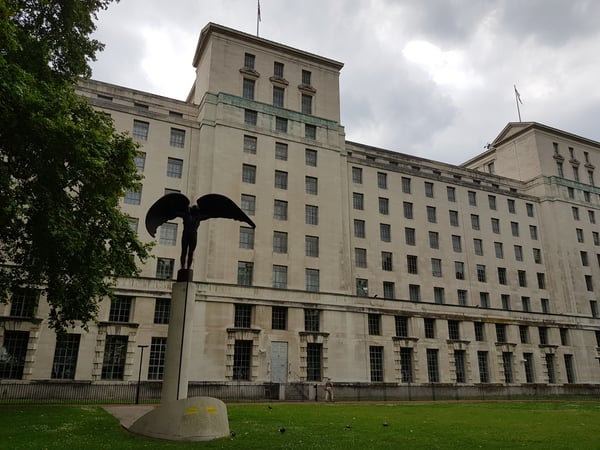South Wales Police will now work with the Surveillance Camera Commissioner, Home Office, College of Policing and National Police Chiefs Council to embed into operational guidance the determinations by the Court of Appeal. South Wales Police remain committed to the technology’s careful development and deployment.
The grounds for the ruling additionally referred to a lack of evidence that the algorithm used had not demonstrated that it was free of gender and racial bias.
Deputy Chief Constable Jeremy Vaughan, who is the national policing lead for facial recognition, has already been working with the Home Office, police forces and other law enforcement agencies to look at how the deployment of facial recognition technology is done consistently across policing in England and Wales.
DCC Vaughan said:
“There is nothing in the Court of Appeal judgment that fundamentally undermines the use of facial recognition to protect the public. This judgement will only strengthen the work which is already underway to ensure that the operational policies we have in place can withstand robust legal challenge and public scrutiny.”
Live-time deployments of facial recognition in the force area have resulted in 61 people being arrested for offences including robbery and violence, theft and court warrants. These have ranged from major sporting and public events in Cardiff and Swansea to supporting operations to tackle local criminality.
For example, a deployment was held at a music event in Cardiff. Similar concerts in other parts of the UK resulted in more than 220 mobile phones being stolen from people attending. Thirty people who were thought to be part of an organised crime group who specialise in stealing phones at music events were placed on a watch list, resulting in one person being arrested for going equipped to steal and there were no reports of any mobile phone thefts.
DCC Vaughan continued:
“The whole aim of facial recognition technology is to keep the public safe and assist us in identifying offenders and protecting communities from individuals who pose a risk. I believe the public will continue to support our use of all the available methods and technology to keep them safe, providing what we do is legitimate and proportionate.”






